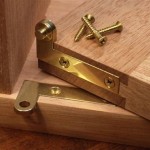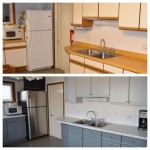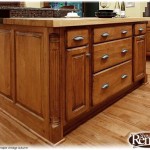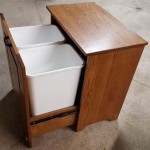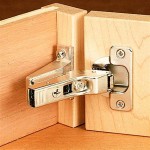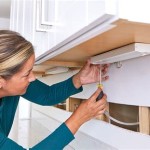How to Replace an Old Medicine Cabinet
A medicine cabinet, often found in bathrooms, provides a convenient and dedicated space for storing medications, toiletries, and other essential items. Over time, however, these cabinets can become outdated, damaged, or simply not meet current storage needs. Replacing an old medicine cabinet can enhance the aesthetic appeal of your bathroom and create a more functional storage solution.
This guide provides a detailed explanation of how to replace an old medicine cabinet, covering the essential steps from planning and preparation to installation. The information is presented in a clear and concise manner, using professional language while avoiding technical jargon. Follow these steps to successfully replace your medicine cabinet and enjoy a fresh, updated bathroom space.
Plan and Prepare
The first step in replacing an old medicine cabinet is planning and preparation. This involves gathering necessary materials, assessing the existing cabinet, and determining the new cabinet's size and style.
Begin by choosing a new medicine cabinet that suits your needs and preferences. Consider factors such as size, style, features, and materials. It is also crucial to ensure that the new cabinet's dimensions are compatible with the existing wall space.
Next, gather the required tools and materials. These typically include:
- Screwdriver or drill
- Level
- Measuring tape
- Pencil
- Utility knife
- Caulk gun
- Safety glasses
- Work gloves
- New medicine cabinet
- Mounting hardware
Before starting the installation process, ensure that the water supply is turned off if the existing cabinet is connected to plumbing. This step is essential for safety and prevents any potential water damage.
Remove the Old Cabinet
Once you have gathered the necessary materials and prepared the area, it's time to remove the old medicine cabinet. The process may vary depending on the cabinet's design and installation method.
If the cabinet is attached with screws, use a screwdriver or drill to remove them. If it is secured with adhesive, carefully pry it off the wall using a putty knife or other suitable tool. Be cautious during this step to avoid damaging the surrounding walls.
After removing the cabinet, inspect the wall for any leftover adhesive, screws, or other debris. Clean the area thoroughly with a damp cloth to prepare for the new cabinet installation.
Install the New Cabinet
With the old cabinet removed, it's time to install the new one. Carefully follow the instructions provided by the manufacturer, as each cabinet may have specific installation guidelines.
Begin by using a level and pencil to mark the desired location on the wall for the new cabinet. Ensure the position is centered and at the desired height.
Next, attach the mounting brackets to the wall according to the installation instructions. Use the appropriate screws and ensure they are securely fastened.
Finally, hang the new cabinet onto the mounting brackets and double-check its alignment. Make any necessary adjustments to ensure the cabinet is level and securely attached.
Finish and Clean Up
Once the new cabinet is installed, it is important to finish the installation process and clean up the area.
Apply caulk around the edges of the cabinet to seal any gaps and prevent water damage. Allow the caulk to dry completely before using the cabinet.
Finally, clean up any debris or leftover materials from the installation process. Ensure that tools are properly stored and the area is left clean and tidy.
Safety Precautions
Replacing a medicine cabinet involves working with tools and potentially electrical components. It is essential to prioritize safety during the installation process.
Always wear safety glasses and work gloves to protect your eyes and hands from potential injuries.
If the old cabinet is connected to electrical wiring, disconnect the power supply before removing the cabinet. Consult an electrician if you are unsure about electrical work.
When using power tools, ensure they are in good working condition and operated according to manufacturer instructions.
Finally, exercise caution when handling tools and materials to avoid accidents and injuries.

Diy Niche Shelf Old Bathroom Medicine Cabinet Makeover A Piece Of Rainbow

Diy Niche Shelf Old Bathroom Medicine Cabinet Makeover A Piece Of Rainbow

Medicine Cabinets Ideas 7 Diy Updates Bob Vila

Replaced Old Medicine Cabinet With Scrap Wood Build In Adjustable Shelves Cabinets Diy

Diy Niche Shelf Old Bathroom Medicine Cabinet Makeover A Piece Of Rainbow

How To Remove A Medicine Cabinet Kay S Place

How To Turn An Old Medicine Cabinet Into Open Shelving

How To Turn An Old Medicine Cabinet Into Open Shelving My Uncommon Slice Of Suburbia

How To Remove A Medicine Cabinet Kay S Place

Medicine Cabinets Ideas 7 Diy Updates Bob Vila
Related Posts

